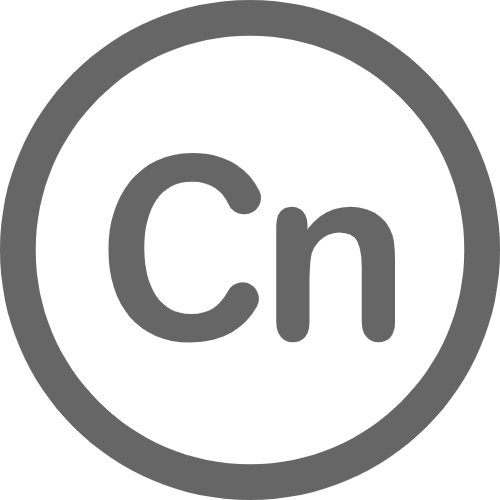Zhou Yongsheng Team
To systematically develop innovative approaches for hard/soft tissue reconstruction and rehabilitation in oral and craniofacial regions through stem cell technology, bioengineering technology, advanced biomaterials and digital methods.
Our research group focuses on the development of innovative approaches for hard/soft tissue reconstruction and rehabilitation in oral and craniofacial regions. We are committed to addressing current clinical challenges in repair of maxillofacial defects by integrating materials science, cellular biology, and digital methods. Over the years, we have made significant progress in three major directions (Fig.1):
(1)the development of advanced bioactive materials including design of biodegradable metallic scaffolds with enhanced osteogenic, as well as injectable and 4D bioresponsive bone repair materials with controlled drug release. We have made efforts in biodegradable metals including Zn, Mg, Li and developed several kinds of bone promoting materials with superior properties containing the above metals. Besides, we successfully constructed novel 4D bone repair materials with morphology and function dual-adjustable 4D-printed scaffold for the regenerative repair of complex bone defects in the oral and maxillofacial region.
(2)gene editing and modification in stem cells, mechanistic exploration and therapeutic application of extracellular vesicles (EVs) in bone regeneration. We have discovered several important key gene targets for stem cell modification and revealed the regulating effect of a series of EVs in osteogenesis.
(3)innovative research and clinical application on digital prosthodontics and digital dental technology. Our team has been dedicated to the digital virtual simulated design and implementation in dental aesthetic rehabilitation, precise tooth preparation and design-fabrication for removable partial dentures assisted by digital technology, and digital maxillofacial defect rehabilitation. The research achievements in digital dentistry have reached the world's advanced level.
Our multidisciplinary approach combines stem cell technology, advanced material science and digital technology to provide innovative solutions for skeletal and soft tissue reconstruction and rehabilitation the oral-maxillofacial region.
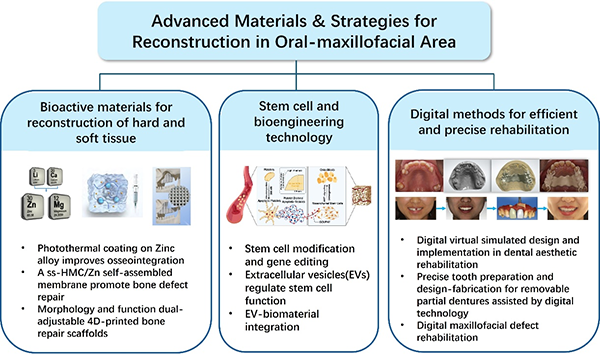
Fig.1 Our research focuses on the development of advanced strategies for reconstruction in oral-maxillofacial area, including bioactive materials, stem cell and bioengineering technology and digital methods
DIRECTOR
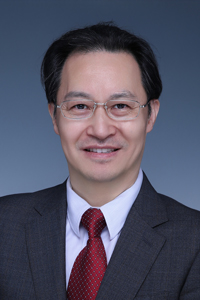
Yongsheng Zhou, DDS, PhD
Professor, Chief Physician
Principal Investigator
kqzhouysh@hsc.pku.edu.cn
Dr. Yongsheng Zhou, a renowned prosthodontist, currently serves as President of Peking University School and Hospital of Stomatology, Boya Distinguished Professor at Peking University, Clinical Professor of Prosthodontics, and Director of the National Clinical Research Center for Oral Diseases.
With a portfolio that includes the National Teaching Achievement Award and multiple ministerial/provincial-level honors for scientific and educational achievements, Dr. Zhou holds prominent leadership roles in academic and professional organizations. He serves as Co-President of the Consultation Board for Stomatological Development in China, Vice President of the China Oral Health Foundation, and Standing Committee Member of the Chinese Stomatological Association. Additionally, he is the former President of the Chinese Society for Oral Maxillofacial Rehabilitation, President-elect of the Chinese Prosthodontic Society, and a Fellow of prestigious international organizations such as the International College of Dentists (ICD) and the International Team for Implantology (ITI), where he also acts as Co-Chair of the ITI Scholarship Center-Beijing. He further serves on the boards of the International College of Prosthodontists (ICP) and the International Academy of Digital Dental Medicine (IADDM).
Specializing in prosthodontics, Dr. Yongsheng Zhou has authored over 320 peer-reviewed publications. Additionally, his innovative spirit is underscored by securing over 80 national and international invention patents, firmly positioning him at the forefront of technological advancements in the field.
Dr. Zhou's commitment to dental education is equally remarkable. He has participated in the compilation of more than 30 textbooks and book chapters, served as an editorial board member or vice editor-in-chief for renowned journals including International Journal of Oral Science, Chinese Journal of Dental Research, Journal of Prosthodontic Research, and Bone Research.
RESEARCH AREAS
The design of advanced bioactive materials for tissue reconstruction
We have been working for several years on the development of advanced materials for osteogenesis and tissue regeneration. Our researches focus mainly in the two aspects: biodegradable metallic materials and injectable 4D bioresponsive bone repair materials. A series of publications highlight our work on improving the efficacy of bone regeneration.
For example, in the application of degradable metals, we constructed a bilayer self-induced GBR membrane is by combining pure zinc (Zn) and hierarchical mineralized collagen (HMC) via self-assembly. This membrane showed adequate mechanical maintenance, excellent cytocompatibility, and osteogenic ability and provided new insights into guided bone regeneration for maxillofacial bone defects (Fig.2).
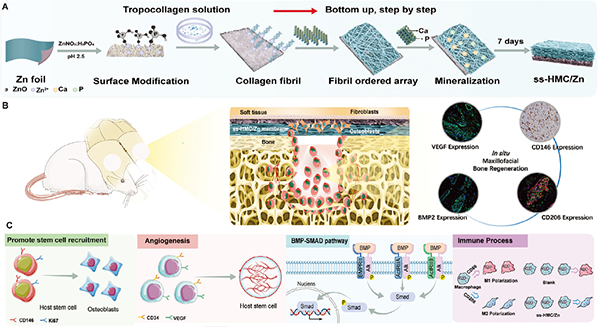
Fig.2 Conceptual illustration of biomimetic strategy to construct a ss-HMC/Zn membrane and mechanism of osteogenesis. A) Zn foil was pretreated via surface modification. The HMC was coated on the Zn surface via a self-assembly strategy. B) ss-HMC/Zn was implanted in rats for maxillofacial bone regeneration; C) ss-HMC/Zn promoted bone regeneration through recruitment of stem cells, enhancement of angiogenesis, activation of BMP2 signaling pathway, and M2 polarization
Moreover, our team proposed the design of a morphology and function dual-adjustable 4D-printed scaffold with biomimetic “hard-soft” compositions (Fig.3). The scaffold has favorable mechanical and shape memory properties, enhanced hydrophilicity and cytocompatibility, as well as to offer near-infrared (NIR) light-responsive photothermal effect and sustained release of PGL to promote osteogenesis.
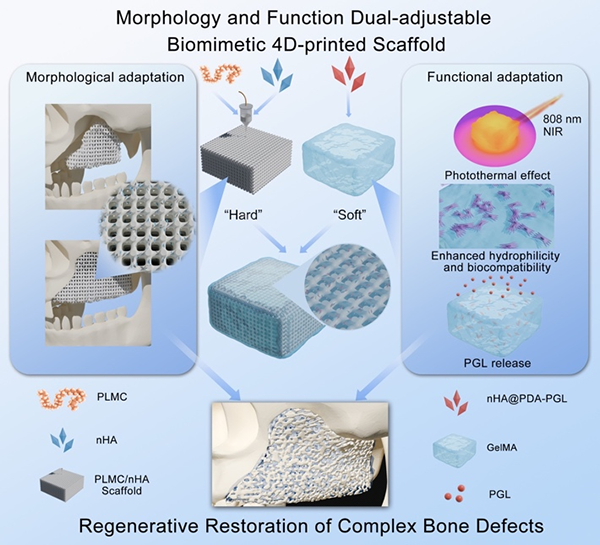
Fig.3 The morphology and function dual-adjustable 4D-printed scaffold composed of a “hard” 4D-printed shape-morphing framework and a “soft” functionalized hydrogel for the regenerative repair of complex bone defects in the oral and maxillofacial region
The above two researches were published in internationally renowned journal Advanced Functional Materials.
Stem cell modification and therapeutic application of extracellular vesicles (EVs) in bone regeneration
Our team has been committed to promoting bone regeneration through stem cell biological methods and bioengineering technology for many years. We have found many gene targets that can be used to modify stem cells to improve their osteogenic ability, and revealed the application value of a variety of EVs in bioengineering. We showed that platelets (PLTs) could rapidly release abundant apoVs during apoptosis in a short time and identified six proteins specifically enriched in PLT-derived apoVs, which could be considered as specific biomarkers. More importantly, PLT-derived apoVs promoted osteogenesis of MSCs and rescued bone loss via Golgi phosphoprotein 2 (GOLPH2)-induced AKT phosphorylation, therefore, leading to the emergence of their potential in bone regeneration. In summary, we comprehensively determined characteristics of PLT-derived apoVs and confirmed their roles in bone metabolism through previously unrecognized GOPLH2-dependent AKT signaling, providing more understanding for exploring apoV-based therapy in bone tissue engineering (Fig.4). This work has been published in ACS Nano.
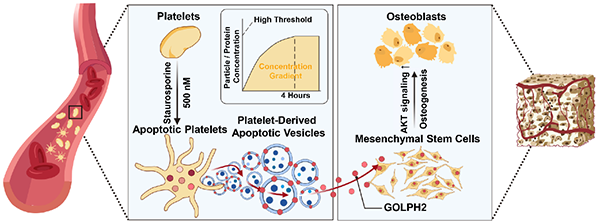
Fig.4 PLT-derived apoVs promote osteogenesis of MSCs and rescue bone loss via GOLPH2-induced AKT phosphorylation, therefore, leading to the emergence of their potential in bone regeneration, and providing more understanding for exploring apoV-based therapy in bone tissue engineering
Innovative research and clinical application on digital prosthodontics and digital dental technology
We have established a new integrated functional-aesthetic prosthodontic system. Aiming at the clinical challenges of poor simulated prediction for functional-aesthetic dental rehabilitation and the need for repeated adjustment of prostheses while try-in, we have created 3D/4D visual virtual simulated prediction and performance-driven preparation technologies of gradient simulated zirconia materials, to achieve a "what you see is what you get" effect of fully digital workflows for dental aesthetic rehabilitations. Base on the above system, the one-time success rate of functional-aesthetic dental rehabilitation has been increased, and the patient satisfaction has been improved by more than 30%.
Fig.5 3D/4D virtual simulated design and implementation in dental aesthetic rehabilitation. a,before treatment; b, 3D/4D virtual simulated design; c, digital implementation; d, after treatment.
RECENT PUBLICATIONS
Characterization of mesenchymal stem cells in human fetal bone marrow by single-cell transcriptomic and functional analysis
Signal Transduction and Targeted Therapy, 2023.3
Tracing Immunological Interaction in Trimethylamine N-Oxide Hydrogel-Derived Zwitterionic Microenvironment During Promoted Diabetic Wound Regeneration
Advanced Materials, 2024.8
Young Exosome Bio-Nanoparticles Restore Aging-Impaired Tendon Stem/Progenitor Cell Function and Reparative Capacity
Advanced Materials, 2023.5
A galactose-tethered tetraphenylethene prodrug mediated apoptosis of senescent cells for osteoporosis treatment
Science Advances, 2025.2
Additively Manufactured Biodegradable Zn-based Porous Scaffolds to Suppress Osteosarcoma and Promote Osteogenesis
Advanced Materials, 2025.1
Mgp High-Expressing MSCs Orchestrate the Osteoimmune Microenvironment of Collagen/Nanohydroxyapatite-Mediated Bone Regeneration
Advanced Science, 2024.6
Electro- and Magneto-Active Biomaterials for Diabetic Tissue Repair: Advantages and Applications
Advanced Materials, 2025.5
Photothermal Coating on Zinc Alloy for Controlled Biodegradation and Improved Osseointegration
Advanced Science, 2025.5
Hierarchical Mineralized Collagen Coated Zn Membrane to Tailor Cell Microenvironment for Guided Bone Regeneration
Advanced Functional Materials, 2025.1
Sustained release of magnesium and zinc ions synergistically accelerates wound healing
Bioactive Materials, 2023.2
Additively manufactured pure zinc porous scaffolds for critical-sized bone defects of rabbit femur
Bioactive Materials, 2022.4
Poly(lactic-co-glycolic) acid porous microspheres for the sequential delivery of apoptotic vesicles and strontium in maxillofacial bone regeneration
Chemical Engineering Journal, 2025.4
Tailored apoptotic vesicles promote bone regeneration by releasing the osteoinductive brake
International Journal of Oral Science, 2024.4
Platelet-Derived Apoptotic Vesicles Promote Bone Regeneration via Golgi Phosphoprotein 2 (GOLPH2)-AKT Signaling Axis
ACS Nano, 2023.12
Apoptotic Vesicles Regulate Bone Metabolism via the miR1324/SNX14/ SMAD1/5 Signaling Axis
Small, 2023.4
Proteomic analysis of MSC-derived apoptotic vesicles identifies Fas inheritance to ameliorate haemophilia a via activating platelet functions
Journal of extracellular vesicles, 2022.6
Apoptotic vesicles restore liver macrophage homeostasis to counteract type 2 diabetes
Journal of extracellular vesicles, 2021.5
The nanoscale geometry of TiO2 nanotubes influences the osteogenic differentiation of human adipose-derived stem cells by modulating H3K4 trimethylation
Biomaterials, 2015.1
Programmed biomolecule delivery orchestrates bone tissue regeneration via MSC recruitment and epigenetic modulation
Chemical Engineering Journal, 2022.1
PIK3R3 regulates differentiation and senescence of periodontal ligament stem cells and mitigates age-related alveolar bone loss by modulating FOXO1 expression
Journal of Advanced Research, 2025.1
TEAM
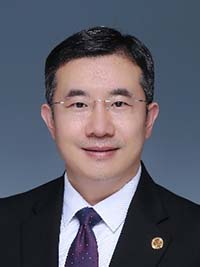
Yunsong Liu, MD, DDS
Professor, Chief Physician
Team member of stem cell technology, materials and digital technology
liuyunsong@hsc.pku.edu.cn
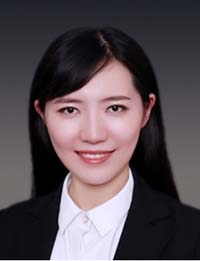
Longwei Lv, MD, DDS
Associate Professor, Associate Chief Physician
Team member of stem cell technology and materials
lvlongwei1227@126.com
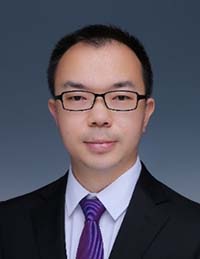
Hongqiang Ye, MD, DDS
Associate Professor, Associate Chief Physician
Team member of digital technology
yehongqiang@hsc.pku.edu.cn
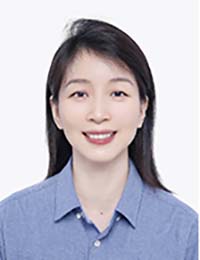
Ping Zhang, PhD
Researcher
Team member of stem cell technology
zhangping332@hsc.pku.edu.cn
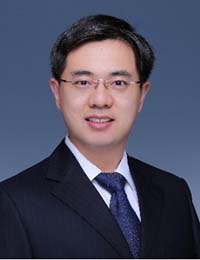
Xiao Zhang, MD, DDS
Associate Professor, Associate Chief Physician
Team member of stem cell technology
kqzhangxiao@hsc.pku.edu.cn
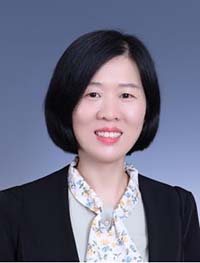
Dandan Xia, PhD
Associate Researcher
Team member of materials
dandanxia@pku.edu.cn
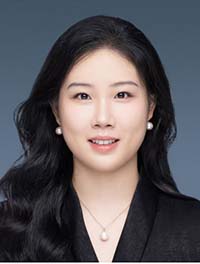
Zheng Li, MD, DDS
Associate Chief Physician
Team member of stem cell technology and materials
prostho_lizheng@hsc.pku.edu.cn
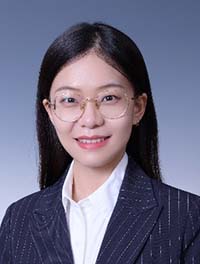
Xuenan Liu, MD, DDS
Attending Physician, Assistant Researcher
Team member of stem cell technology
pkukqlxn@bjmu.edu.cn
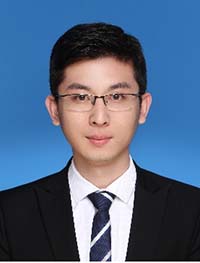
Xiaodong Guo, PhD, DDS
Assistant Researcher
Team member of materials
2464012679@pku.edu.cn
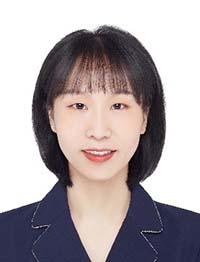
Zhuqing Wan, PhD, DDS
Assistant Researcher
Team member of materials
wanzqkq@126.com
CONTACT
Yongsheng Zhou
kqzhouysh@hsc.pku.edu.cn
Peking University School and Hospital of Stomatology,
No.22 Zhongguancun South Avenue,
Haidian District, Beijing 100081, PR China
next text: Zhang Team (Department of Implant Dentistry)



